Top Things to Know Before Buying a Self-Watering System for Plants
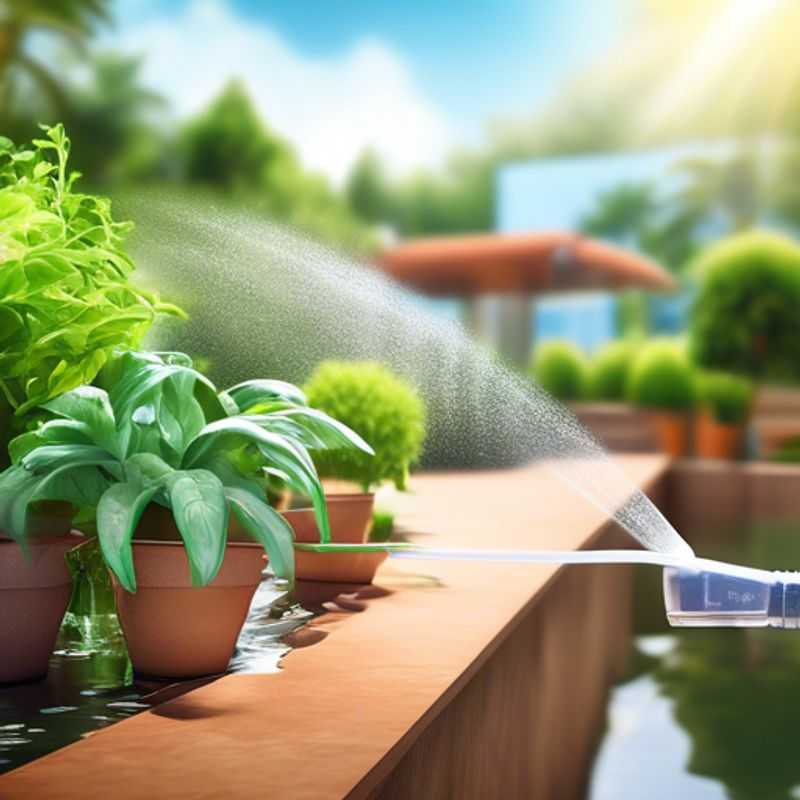
Top Things to Know Before Buying a Self-Watering System for Plants
Self-watering systems can be a game-changer for plant enthusiasts, offering a convenient and efficient way to keep your greenery thriving.
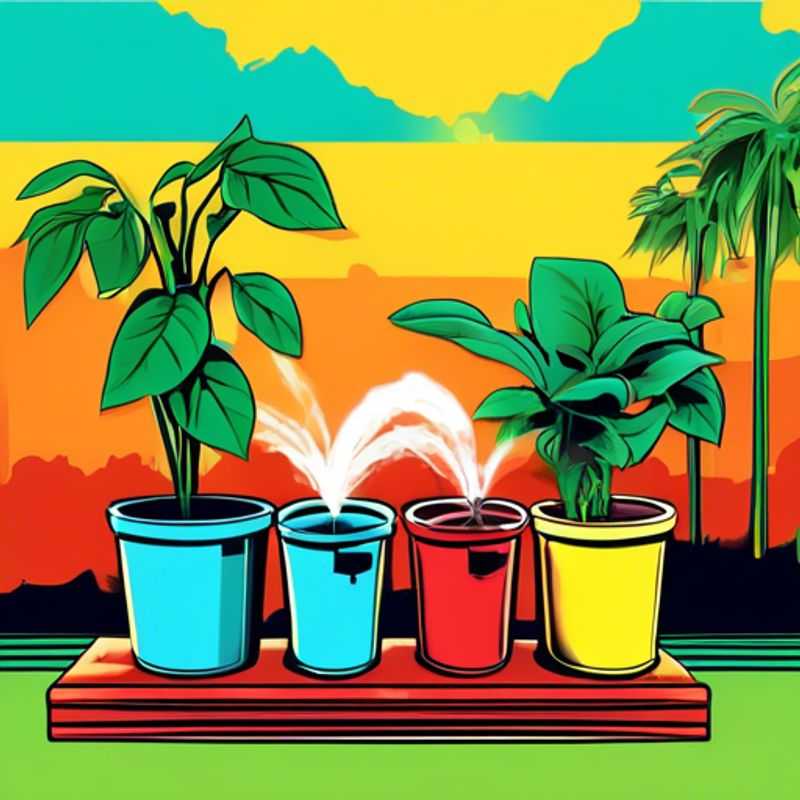
Understanding Water Capacity and Drainage in Self-Watering Planters: A Practical Guide
Understanding the water capacity and drainage system of a self-watering planter is crucial for successful plant care. These planters often feature a reservoir that holds a larger amount of water than traditional pots, providing a consistent supply for your plants. The reservoir's size will vary depending on the planter's dimensions, impacting how frequently you need to refill it. A larger reservoir generally means less frequent watering.
The drainage system plays a vital role in preventing overwatering, ensuring proper airflow to the roots. It typically consists of a wicking material that draws water up from the reservoir, and a drainage layer at the bottom of the planter to allow excess water to escape. This system helps maintain optimal moisture levels for plant growth, reducing the risk of root rot. Ensure the drainage holes are clear and unclogged to prevent waterlogging.
When choosing a self-watering planter, consider the water capacity and drainage system to match your needs. A larger reservoir might be ideal for busy individuals or for plants with higher water requirements. While a smaller reservoir might be sufficient for smaller plants or for those who water frequently. Always refer to the manufacturer's instructions for specific recommendations on watering intervals and maintenance. Pay attention to the material and construction of the drainage system, ensuring it is effective and durable.
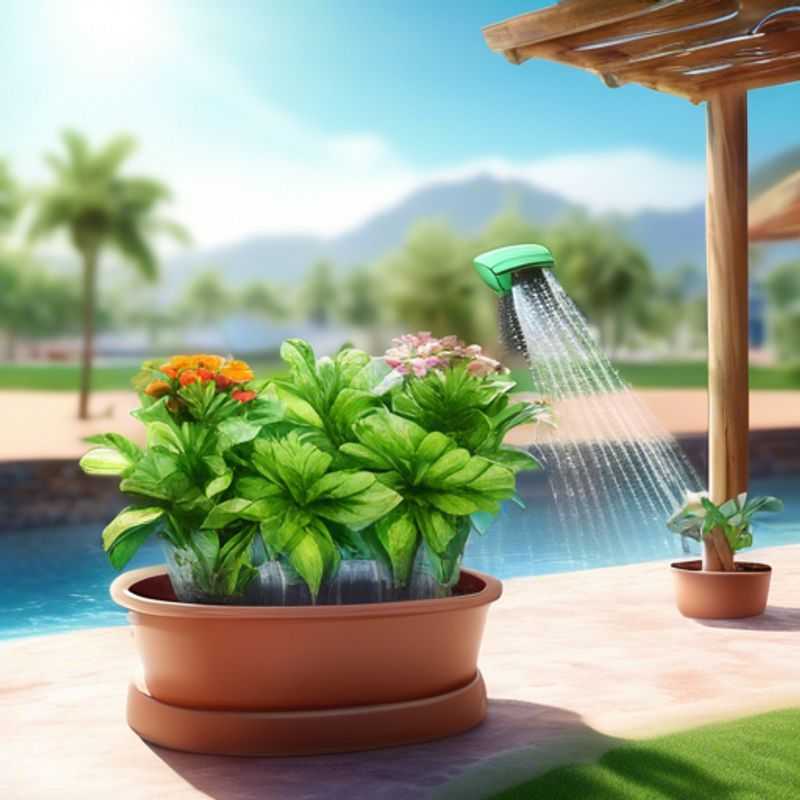
Beyond the Label: Checking Material and Construction Quality for Durability
Checking material and construction quality for durability is crucial for ensuring a product's longevity and performance. It's essential to assess the materials used, the manufacturing processes, and the overall construction.
Key areas to focus on include:
Material Selection: Understand the properties of the materials used, including their strength, durability, resistance to wear, corrosion, and environmental factors. Research reputable material suppliers and their quality certifications.
Construction Quality: Inspect the product's construction for any defects, inconsistencies, or signs of poor workmanship. Look for proper joints, secure fastenings, and even finishes.
Manufacturing Processes: Evaluate the manufacturing processes used. Reliable manufacturers have well-established processes and quality control measures.
Testing and Certification: Seek products that have undergone independent testing and certification by recognized organizations. These certifications validate the product's quality and durability.
Remember: Thoroughly inspect any product before purchase, and if possible, request samples or prototypes for testing. Investing in quality materials and construction leads to long-term savings and increased satisfaction.
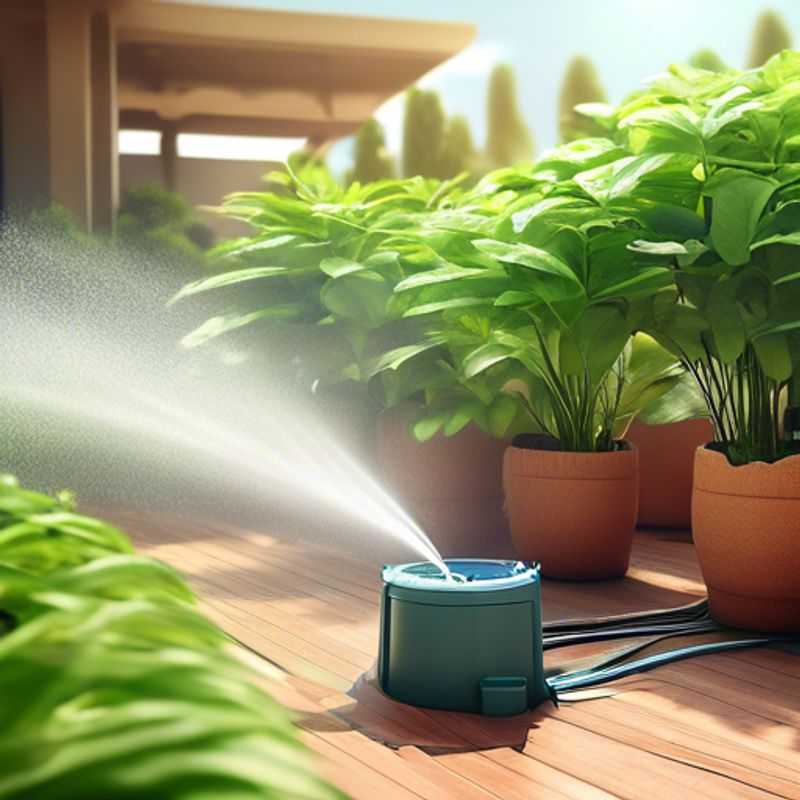
Easy Refill, Easy Care: Choosing a Self-Watering System for Convenience
A self-watering mechanism should be easy to refill and maintain. This means the reservoir should be accessible, the refilling process should be straightforward, and the system should require minimal cleaning.
Important factors to consider:
* **Reservoir size and accessibility:** The reservoir should be large enough to provide adequate watering for the plant, and it should be easy to access for refilling. Look for systems with a clear indicator to show the water level.
* **Refilling method:** Some systems have a top-fill design, while others require you to lift the entire pot. Choose a method that is convenient for you and your plant.
* **Maintenance:** The self-watering system should be easy to clean and maintain. Consider factors like the material of the reservoir and the complexity of the system.
* **Cost considerations:** A self-watering system will involve an initial investment. Factor in the cost of the system itself and any additional costs for refills, such as if you use a special water-holding solution.
By considering these factors, you can choose a self-watering system that will provide reliable and convenient watering for your plants while minimizing the need for constant attention.
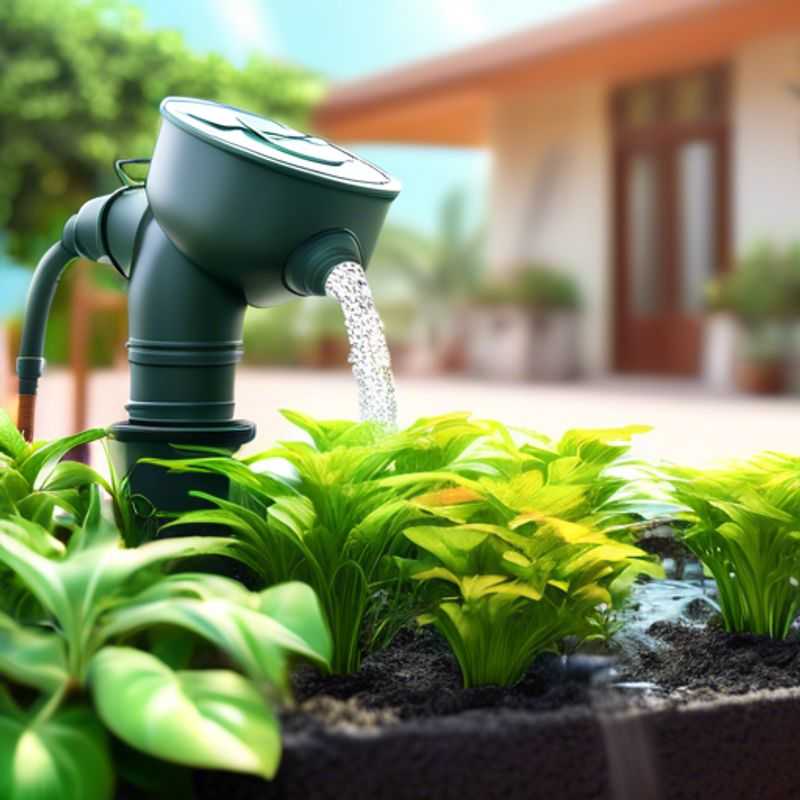
Choosing the Right Planter: Size and Shape Matters for Healthy Plants
Choosing the right planter size and shape is crucial for your plant's health and growth. Consider the plant's mature size and root system. A cramped planter restricts root growth, leading to stunted development. Conversely, an overly large planter can lead to excessive watering and soggy soil.
The shape of the planter also affects the plant's well-being. Wide and shallow planters are ideal for plants with shallow root systems, while tall and narrow planters are better suited for plants with deep roots. Consider the plant's specific needs when making your selection.
Drainage is essential for healthy plant growth. Ensure the planter has drainage holes to prevent waterlogging and root rot. You may need to invest in drainage trays to catch excess water.
Material selection is another aspect to consider. Terracotta pots are porous and allow for good drainage but can dry out quickly. Plastic pots are affordable and lightweight, but they can retain moisture. Consider the climate and the plant's water needs when choosing a material.
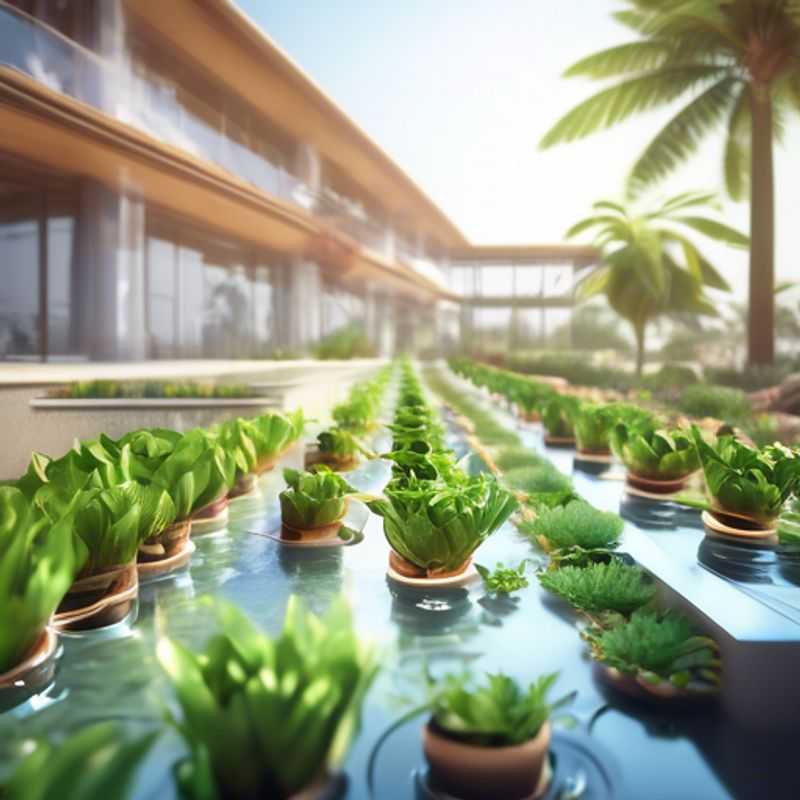
Self-Watering System Success: Matching Plants and Soil
Self-watering systems offer convenience and water efficiency, but choosing the right soil and plants is crucial for success. Well-draining soil is essential to prevent root rot. Potting mixes are ideal for self-watering containers, providing adequate aeration and drainage. Avoid heavy clay soils, as they retain too much water.
Succulents and xerophytes (plants adapted to arid climates) are well-suited for self-watering systems, as they require less frequent watering. Herbs, tropical plants, and flowering plants can also thrive in these systems, but proper maintenance is essential. Avoid overwatering, which can lead to root damage.
Consider plant needs. Some plants prefer acidic soil, while others prefer alkaline soil. Research specific plant requirements before making selections. When choosing plants, ensure compatibility with the self-watering system's water delivery method. Some systems utilize drip irrigation, while others rely on wicking methods.
Regularly monitor your self-watering system to ensure proper water levels and avoid overwatering. Adjust watering schedules based on the season and plant needs. By understanding the basics of soil and plant selection, you can create a thriving self-watering system that's both efficient and sustainable.
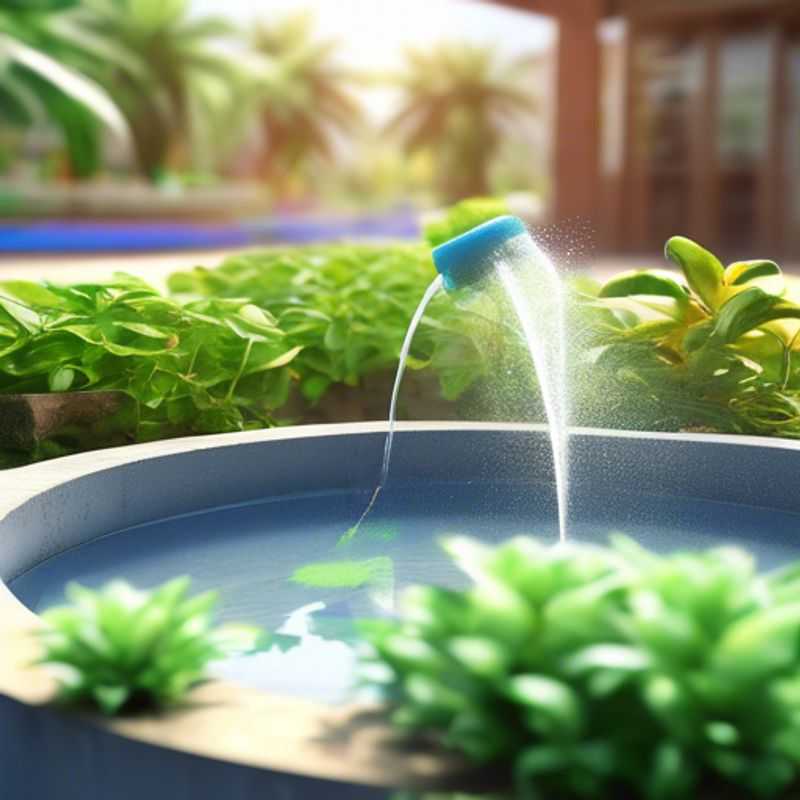
Smart Water Features: Look for Water Level Indicators and Overflow Protection
When choosing water-related appliances like washing machines, dishwashers, or humidifiers, look for features like water level indicators and overflow protection. These features offer essential safety and prevent potential damage to your appliance and your home.
Water level indicators help you monitor the water level inside the appliance, preventing overfilling and potential spills. They can be simple markings or digital displays that show the current water level.
Overflow protection is a safety feature that automatically shuts off the water supply if the appliance detects excessive water levels. This protects against flooding and damage, especially important in appliances that operate unattended, like washing machines.
These features might increase the initial cost of the appliance, but they offer long-term savings by preventing costly repairs and potential damage. They're a worthwhile investment in the long run, ensuring safe and efficient operation.
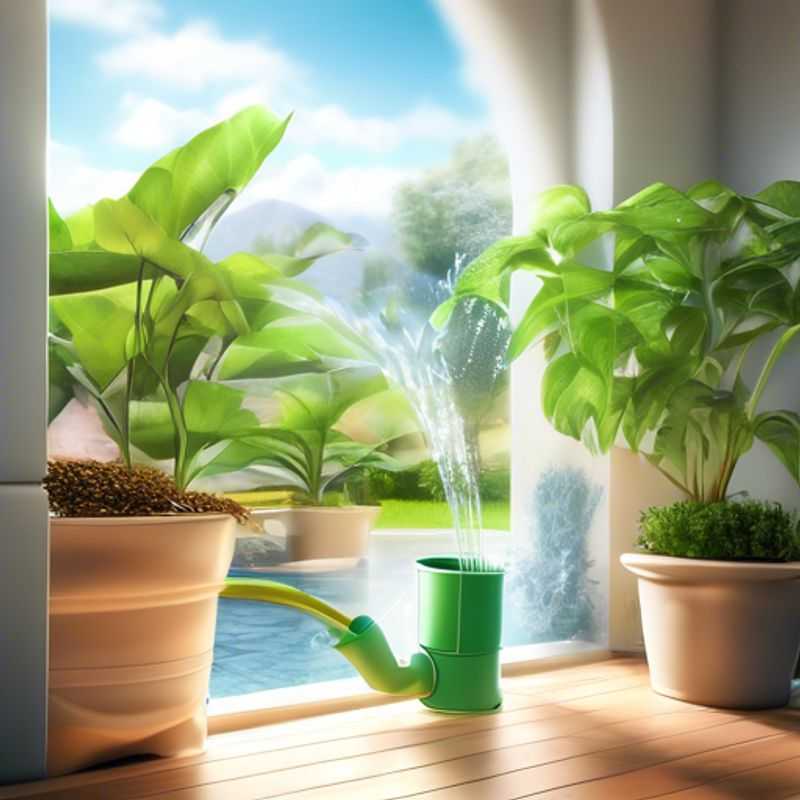
Evaluating the Energy Efficiency and Environmental Impact of Self-Watering Systems
Evaluating the energy efficiency and environmental impact of a self-watering system involves several critical factors. Firstly, these systems are designed to conserve water by delivering moisture directly to the plant roots, which can significantly reduce water waste. An energy-efficient self-watering system typically utilizes drip irrigation technology, which minimizes evaporation and runoff.
When assessing the environmental impact, consider the materials used in construction. Systems made from recycled or sustainable materials tend to have a lower carbon footprint. Furthermore, the installation of a self-watering system can lead to reduced energy use as it often eliminates the need for frequent watering, thereby saving on water pumping energy.
In terms of costs, plan for initial setup expenses like purchasing the system, installation, and any necessary modifications to existing garden structures. Additionally, there may be ongoing costs related to maintenance and potential repairs, which should be included in your evaluation.
To summarize, when evaluating a self-watering system, focus on its water conservation capabilities, the materials used, and both initial and ongoing costs. This approach ensures a comprehensive understanding of its energy efficiency and environmental impact.
